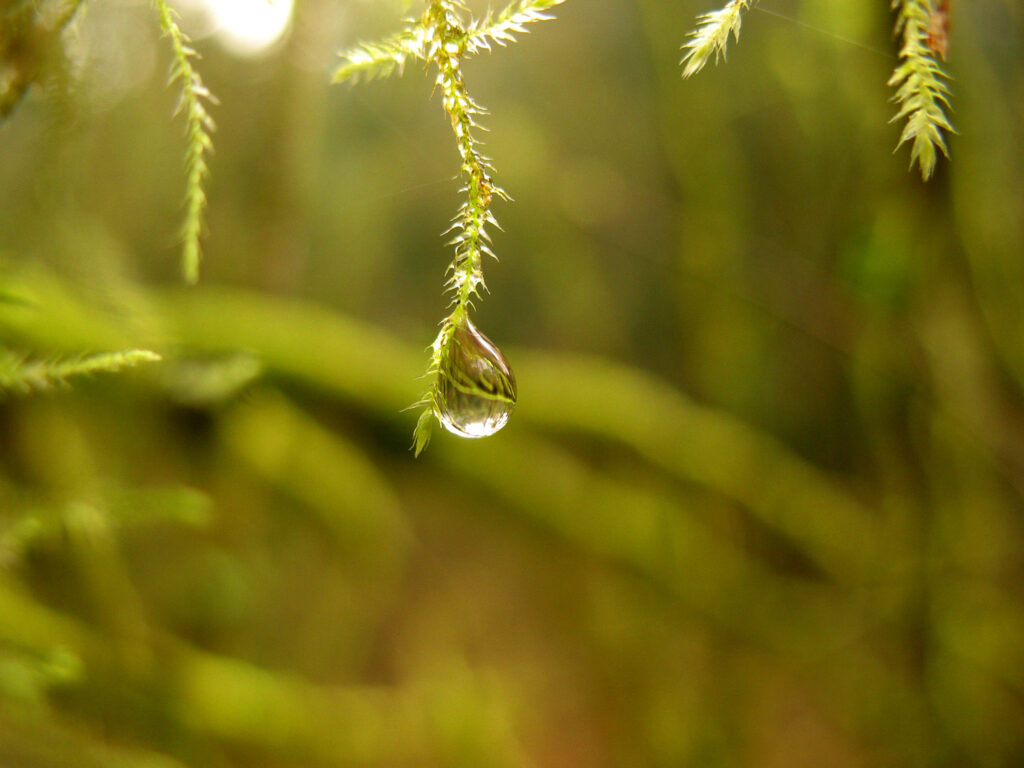Regulation of Climate
Highlights
- Microclimate including temperature extremes can be strongly buffered by forests. Forests have cooler below canopy maximum temperatures, warmer minimum temperatures and lower daily, seasonal and interannual variability than clearcuts or other open areas. They are also more humid than clearcuts.
- As temperatures warm under climate change, organisms may be able to buffer themselves from stressful environmental conditions by selecting vegetation conditions such as old growth forests. The temperature difference between forest understories and open areas is of greater magnitude than the warming of land temperatures over the past century.
Microclimate
CryptogamsCryptogams are plants that have no true flowers or seeds and reproduce by spores. They include mosses, liverworts, and lichens. Ferns are considered advanced cryptogams because they reproduce by spores but are differentiated into roots, stems and leaves. Read more about cryptograms. More on trees, logs and the ground collect water from fog and rain, slowing the rate at which water is lost from the forest (U.S. Geological Survey and National Park Service, u.dU.S. Geological Survey and National Park Service. Undated. Bryophytes and lichens: Small but indispensable forest dwellers. Port Angeles, Wash. More.). Water stored in bryophytesBryophytes are non-vascular seedless land plants (mosses, liverworts, and hornworts). Although they exhibit specialized structures for water transportation, they have no vascular tissue or true roots. More and lichens evaporates slowly, helping to maintain a humid environment in forests long after rainfall events, allowing other plants to remain hydrated and keep photosynthesizing during drier weather.

